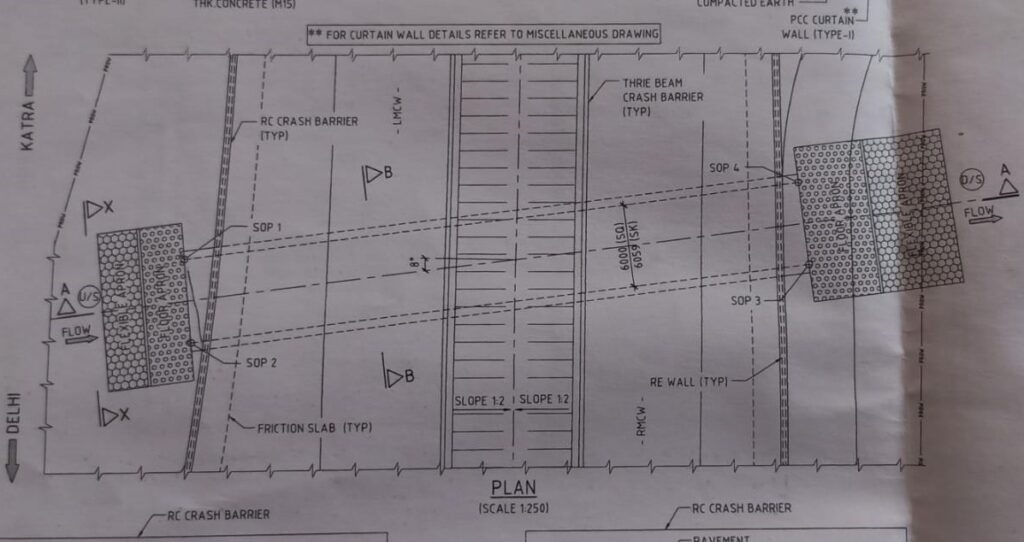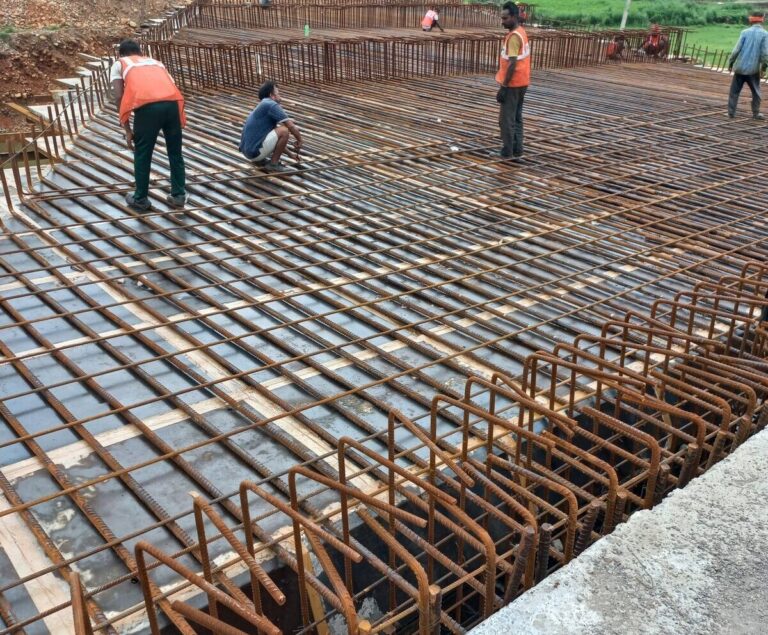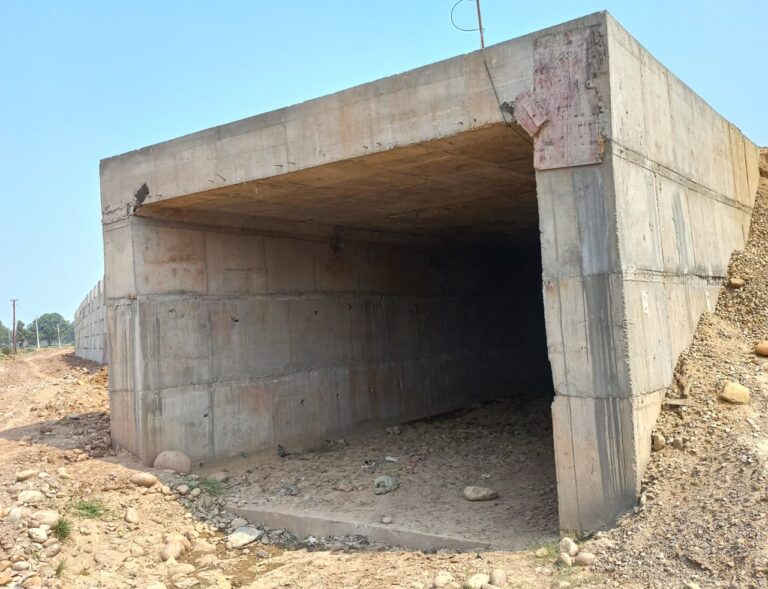in this article we will discuss about box culvert plans and elevation. Box culverts play a crucial role in modern infrastructure, serving as pathways for water under roads, railways, and other structures. These versatile structures help manage water flow, prevent flooding, and ensure the stability of various transportation routes. basically box culvert is essentially a rectangular concrete structure that allows water to pass beneath roads, railways, or embankments.
Box culverts are primarily constructed from reinforced concrete due to its durability and strength. Occasionally, materials like steel or plastic may be used for specific applications, but concrete remains the standard choice.

box culvert types
Box culverts are different types according to must be designed to bear the load of the traffic above. Engineers calculate the load-bearing capacity based on the type of vehicles, frequency of use, and other factors to ensure structural integrity.
Single Box Culverts
Single box culverts consist of a single rectangular cell and are used in areas where water flow is minimal. They are simpler to design and construct, making them cost-effective for smaller projects.
Multiple Box Culverts
When water flow is substantial, multiple box culverts are employed. These consist of several cells placed side by side, providing greater capacity and ensuring efficient water management.


box culvert Environmental Considerations
Efforts to mitigate environmental impact include designing culverts that blend with the natural landscape, using eco-friendly materials, and implementing erosion control measures. and Sustainable practices involve using recycled materials, minimizing waste, and reducing the carbon footprint during construction and maintenance.
box culvert Safety Aspects

Ensuring structural integrity involves regular inspections, maintenance, and timely repairs. This helps prevent accidents and prolongs the lifespan of the culvert. and Safety during construction is paramount. This includes adhering to safety guidelines, providing proper training for workers, and using protective equipment to prevent accidents.
Future Trends in Box Culvert Design
Integrating box culverts with smart infrastructure involves using sensors and IoT technology to monitor and manage water flow, structural health, and environmental conditions in real-time. This proactive approach can significantly reduce maintenance costs and improve reliability.
Conclusion
Box culverts are vital components of our infrastructure, ensuring efficient water management and stability for various transportation routes. Understanding their design, construction, and maintenance is crucial for engineers, planners, and stakeholders. With advancements in materials, technology, and sustainable practices, the future of box culverts looks promising, offering greater efficiency, durability, and environmental harmony.
What is the lifespan of a box culvert?
Box culverts typically have a lifespan of 50 to 100 years, depending on the materials used and maintenance practices.
What are the benefits of using box culverts?
Benefits include efficient water flow management, durability, ease of installation, and the ability to handle significant loads from traffic.
How do box culverts handle extreme weather conditions?
Proper design and construction, including the use of high-quality materials and reinforced structures, help box culverts withstand extreme weather conditions like heavy rain and flooding.









[…] culverts are indispensable components of modern infrastructure, offering strength, versatility, and efficiency. As technology and sustainable practices evolve, […]
[…] Bar Bending Schedule (BBS) is a schedule created according to the drawing of any structure before its construction. This schedule helps in identifying which parts of the […]